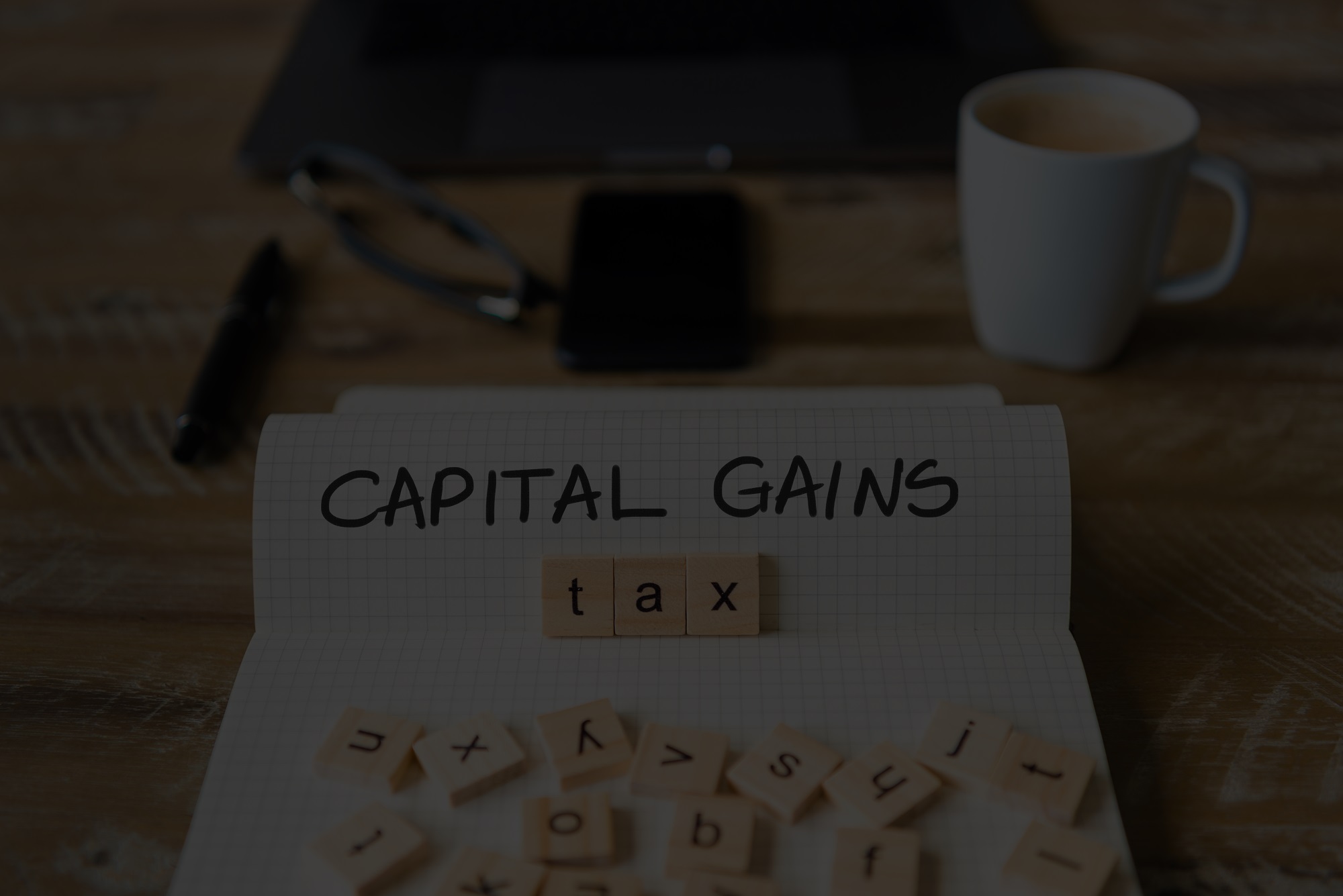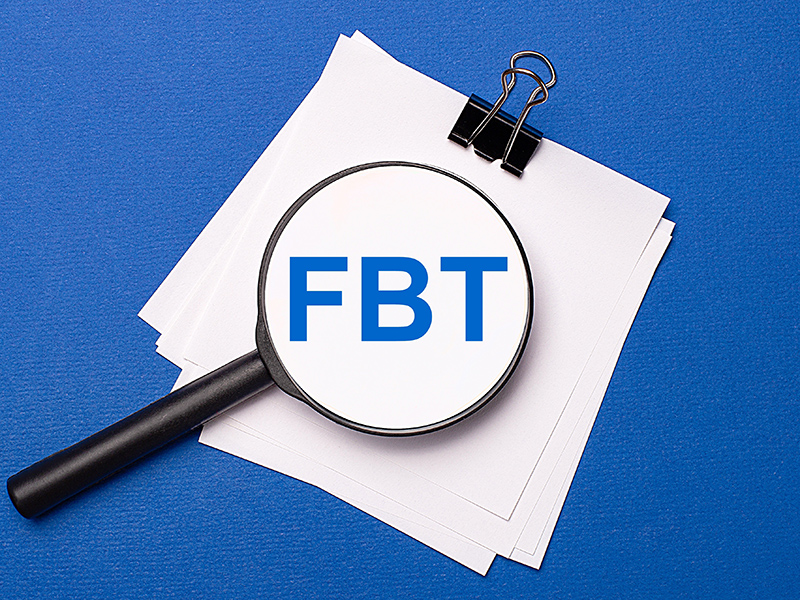
Capital Gains Tax explained
When you sell an asset, whether that be an investment property or shares, it can be all too easy to forget about the tax implications related to your sale. In Australia, when investors sell shares and other listed securities for a profit, the capital gain may be subject to what is known as a capital gains tax (CGT). With this in mind, it is vital for investors to fully comprehend how trading activity during the year will impact their capital gains position in their tax return at the end of the financial year.
If you are eager to learn more about CGT, read below to find out: what it is, how to calculate it and everything in between.
What is capital gains tax?
In the simplest of terms, capital gains tax is a form of tax that you pay when you make a profit from selling assets such as:
- property
- shares
- digital assets like cryptocurrencies, NFTs, and more.
Basically, when you buy assets for one price and sell them for another, the price difference between the amounts is considered either capital gain or capital loss. For example, if you purchased a property for $200,000 and sold it for $250,000 at a later date, you have made a capital gain of $50,000. On the flipside, if you sell it at $150,000, this classifies as a capital loss of $50,000.
In a situation where you have made a capital gain on the sale of an asset, you may be required to pay Capital Gains Tax in order to fulfil taxation and compliance requirements. However, if you have made a capital loss, you may have the option of using it to reduce capital gains made in the year the loss occurs, or carry forward the loss to offset future capital gains.
What is a ‘CGT’ event?
Selling assets, such as an investment property or shares, or transferring them to someone else, triggers what is known as a ‘CGT event’, also known as the point in time at which you make a capital gain or incur a capital loss. You can find out more about CGT events here.
What transactions can generate capital gains?
As mentioned above, in order to make capital gains, you will need to have made a profit from selling an asset or investment and the price that you paid for it (less some costs). The most common types of investments or assets that most individuals make a capital gain on include property (for example, an apartment or house), but can also be stocks, bonds, shares in another company, units in a trust or a managed investment fund.
Apart from selling assets, CGT may also come into play if you make an in-specie contribution to your super fund, are selling a part of a business, buying out a partner, making extensions to a factory or warehouse, altering your business structure or receiving compensation for lost or destroyed assets. Find out more about CGT transactions, assets and exceptions at the ATO website.
How much capital gains tax will I pay?
The amount of capital gains tax you will have to pay when you make a profit on selling an asset varies and depends on factors including:
- how long you have owned the asset
- what your marginal tax rate is
- whether you’ve also made any capital losses in the year.
In Australia, there is a capital gains tax discount of 50% for Australian individuals who own an asset for a minimum of 12 months. This means you pay tax on only half the net capital gain on that asset.
The easiest way to work out exactly how much capital gains tax you will pay is to use an online calculator and record keeping tool. Alternatively, you can calculate manually by using the discount method:
Step 1: Deduct the price you paid for the asset from the sale price, including any costs incurred in buying and selling the asset and certain incidental costs. This amount is the gross capital gain.
Step 2: Next, subtract any eligible capital losses.
Step 3: Lastly, apply any applicable discount factors such as the 50% discount and/or 33 1/3% superannuation discount, if applicable. Do note that in both cases the asset must have been held for 12 months or more for the discount to be applicable, and companies are not entitled to a discount.
What if I make a capital gains loss?
If you make a capital gains loss – that is, you sell an asset for a lower amount than you purchased it for, you are able to use it to reduce a capital gain in the same financial year. Additionally, if your capital losses exceed your capital gains, or if you make a capital loss in a financial year in which you don’t make a capital gain, you can carry the capital loss forward and deduct it against any capital gains you make in future years.
Does CGT apply to inherited assets?
If you have recently inherited an asset such as a property, you may be wondering if CGT still applies. The answer to this is both a yes and no. If you do not sell your inherited asset, you are not required to pay any capital gains tax. However, if you do choose to sell your inherited asset, this will trigger a CGT event.
Furthermore, if the person you inherited the asset from purchased it after CGT was introduced on 20 September 1985, then the person inheriting the assets (you) will have to determine the cost base. If the asset was purchased prior to 20 September 1985, then the person inheriting it (you) is said to have acquired the asset at the time of death. Learn more about inherited assets and capital gains tax here.
How we can help
As you have probably ascertained from this blog, understanding and calculating capital gains tax can be very complex. Thankfully, the capital gains experts at AFS & Associates are here to offer advice and guidance on the impact CGT may have on your return. We ensure compliance, while maximising your returns to get the best result for you.
To learn more about how we can help, do not hesitate to reach out by calling (03) 5443 0344 or filling out our contact page today.




